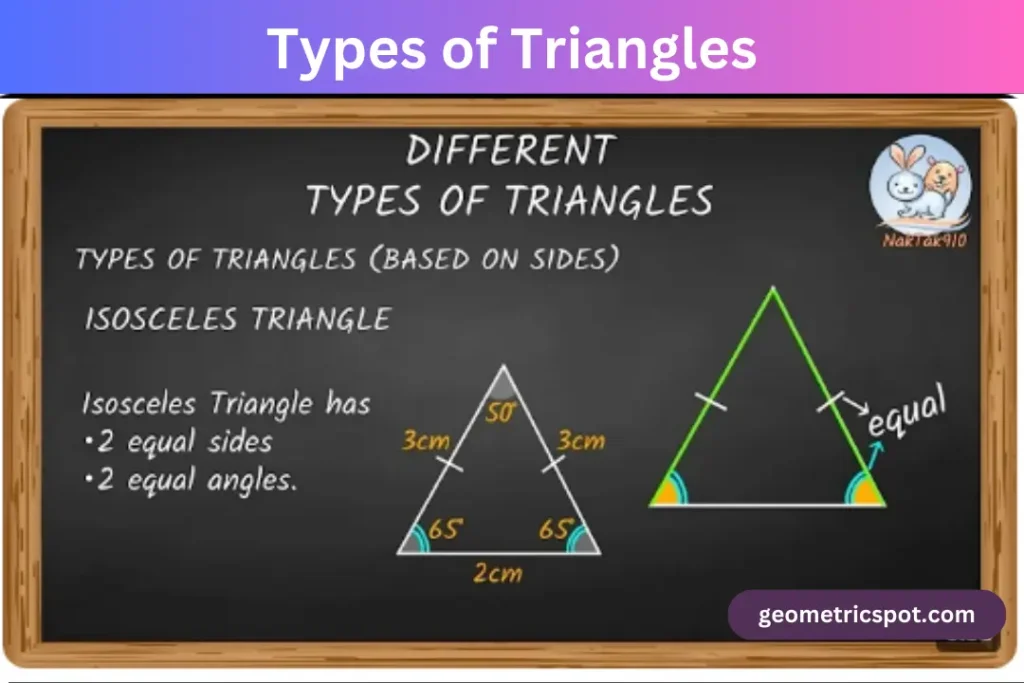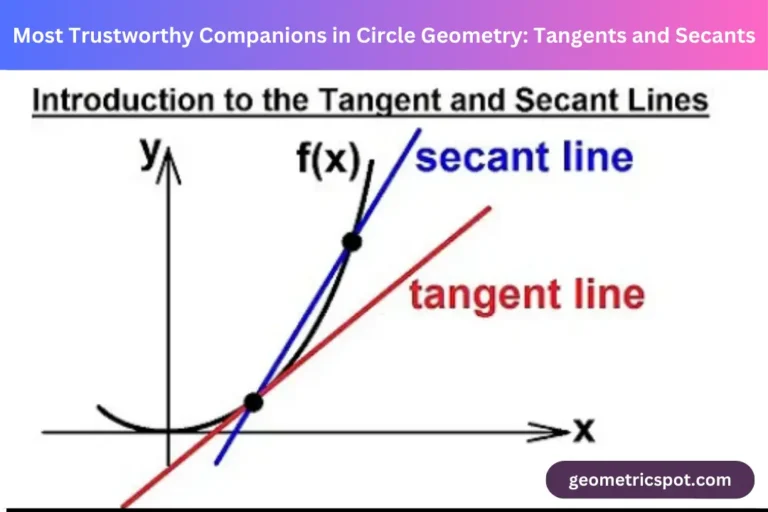Explain Isosceles, Scalene, and Equilateral Triangles | Complete Guide
Triangles are fundamental shapes in geometry, characterized by their three sides and three angles. They come in various types, each with distinct properties and characteristics.
In this article, we explore three common types of triangles: isosceles, scalene, and equilateral triangles. We’ll deliver into their definitions, properties, examples, and practical applications in everyday life.
Types of Triangles

There are different ways to identify triangles, and one way is by looking at their sides.
Here’s a breakdown of the three main types:
- Equilateral triangles: These triangles are the most symmetrical, with all three sides being exactly the same length.
- Isosceles triangles: In these triangles, two sides are equal in length.
- Scalene triangles: These are the most irregular bunch. No two sides of a scalene triangle have the same length.
Isosceles Triangles

An isosceles triangle is defined by having at least two sides of equal length. This means that two of its three sides are equal, and consequently, the angles opposite these sides are also equal.
The side lengths that are equal are referred to as the legs of the triangle, while the third side, which differs in length, is called the base.
Properties of Isosceles Triangles:
- Two sides are equal in length.
- The angles opposite the equal sides (the base angles) are equal.
- The perimeter of an isosceles triangle is the sum of its three sides.
- The area can be calculated using specific formulas involving base and height.
Examples:
- In an isosceles triangle with sides of lengths 5 cm, 5 cm, and 6 cm, the sides of 5 cm are the legs, and the side of 6 cm is the base.
- The rooftop of a house often forms an isosceles triangle if two sides of the roof are of equal length.
Scalene Triangles
A scalene triangle is characterized by having all three sides of different lengths. This implies that none of the angles in a scalene triangle are equal. Each angle and each side length is unique, making it the most versatile type of triangle in terms of geometric properties.
Properties of Scalene Triangles:
- All three sides have different lengths.
- All three interior angles have different measures.
- The perimeter is the sum of the lengths of all three sides.
- The area can be calculated using the formula involving base, height, and trigonometric functions.
Examples:
- A triangle with side lengths of 4 cm, 5 cm, and 6 cm is scalene because no two sides are of equal length.
- Many geographical features such as mountain peaks often form scalene triangles due to their irregular shapes.
Equilateral Triangles
An equilateral triangle is a special case where all three sides are of equal length. As a result, all three interior angles are also equal, each measuring 60 degrees. Equilateral triangles are symmetrically pleasing and have properties that make them unique in geometry.
Properties of Equilateral Triangles:
- All three sides have the same length.
- All three angles are equal, each measuring 60 degrees.
- The perimeter is three times the length of one side.
- The area can be calculated using specialized formulas involving side length and trigonometric functions.
Examples:
- A triangle with all sides measuring 8 cm is an equilateral triangle.
- Many road signs, such as yield signs, are often in the shape of equilateral triangles due to their symmetry and visibility.
Conclusion
Understanding the differences between isosceles, scalene, and equilateral triangles provides insights into their unique properties and geometric characteristics. Whether analyzing the symmetry of an equilateral triangle, the versatility of a scalene triangle, or the balanced proportions of an isosceles triangle, these shapes play crucial roles in mathematics, architecture, engineering, and everyday life. By grasping these fundamental shapes, one gains a deeper appreciation for the beauty and utility of geometric principles.
FAQs
Q2: What is the sum of the angles in an isosceles triangle?
The sum of the angles in any triangle is always 180 degrees. In an isosceles triangle, since two angles are equal, the third angle can be found by subtracting the sum of the base angles from 180 degrees.
Q3: Can an isosceles triangle also be a right triangle?
Yes, an isosceles triangle can be a right triangle if one of its angles is a right angle (90 degrees) and the other two angles are acute (less than 90 degrees).
Q1: How can you tell if a triangle is scalene?
If all three sides of a triangle have different lengths, then the triangle is scalene.
Q3: Can a scalene triangle have a right angle?
Yes, a scalene triangle can have one angle that measures 90 degrees, making it a right scalene triangle.






